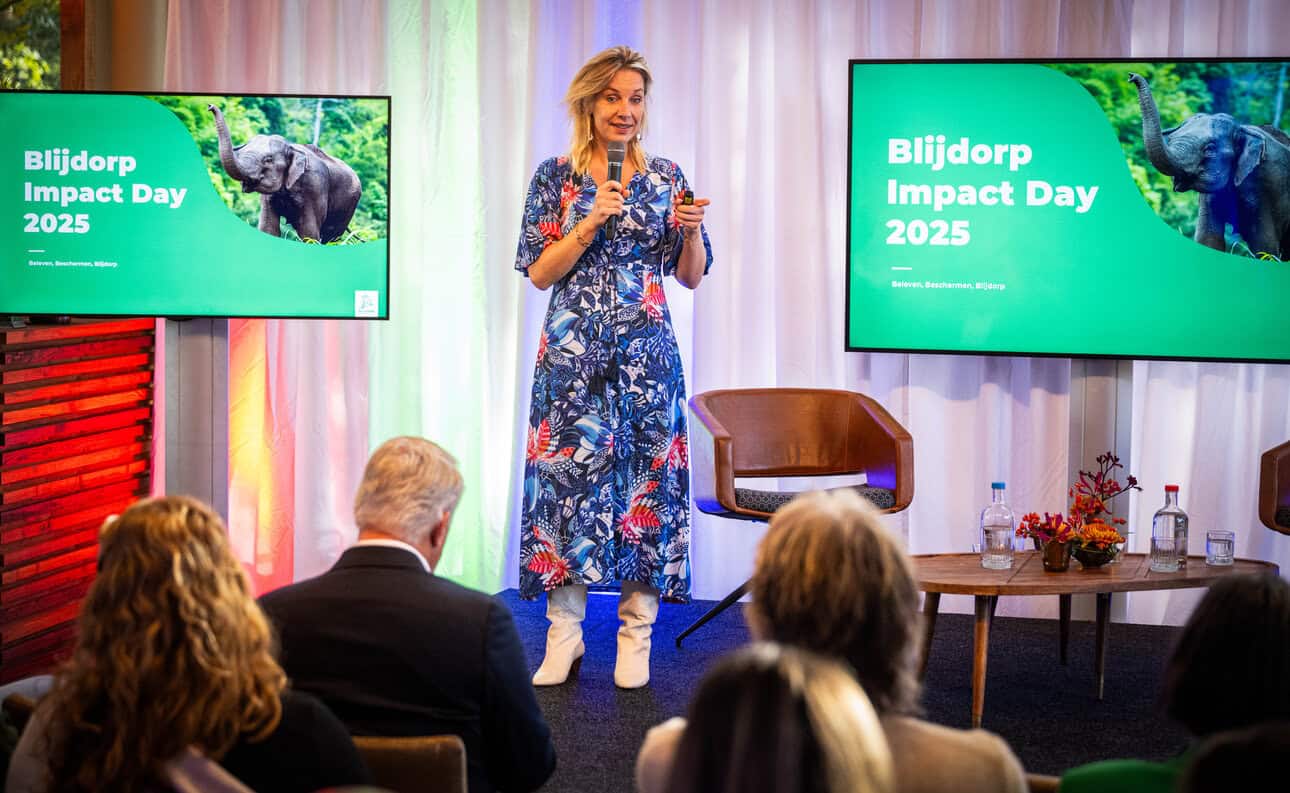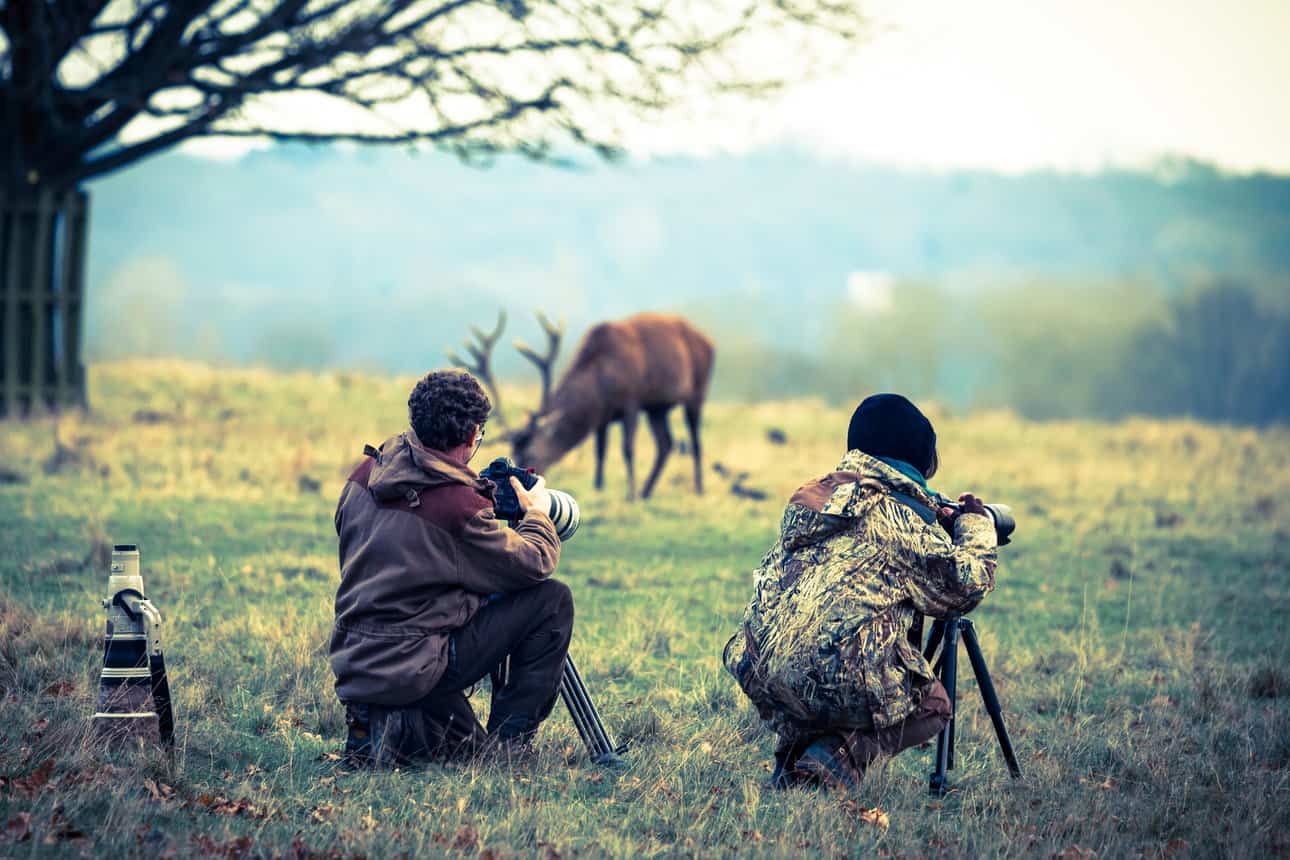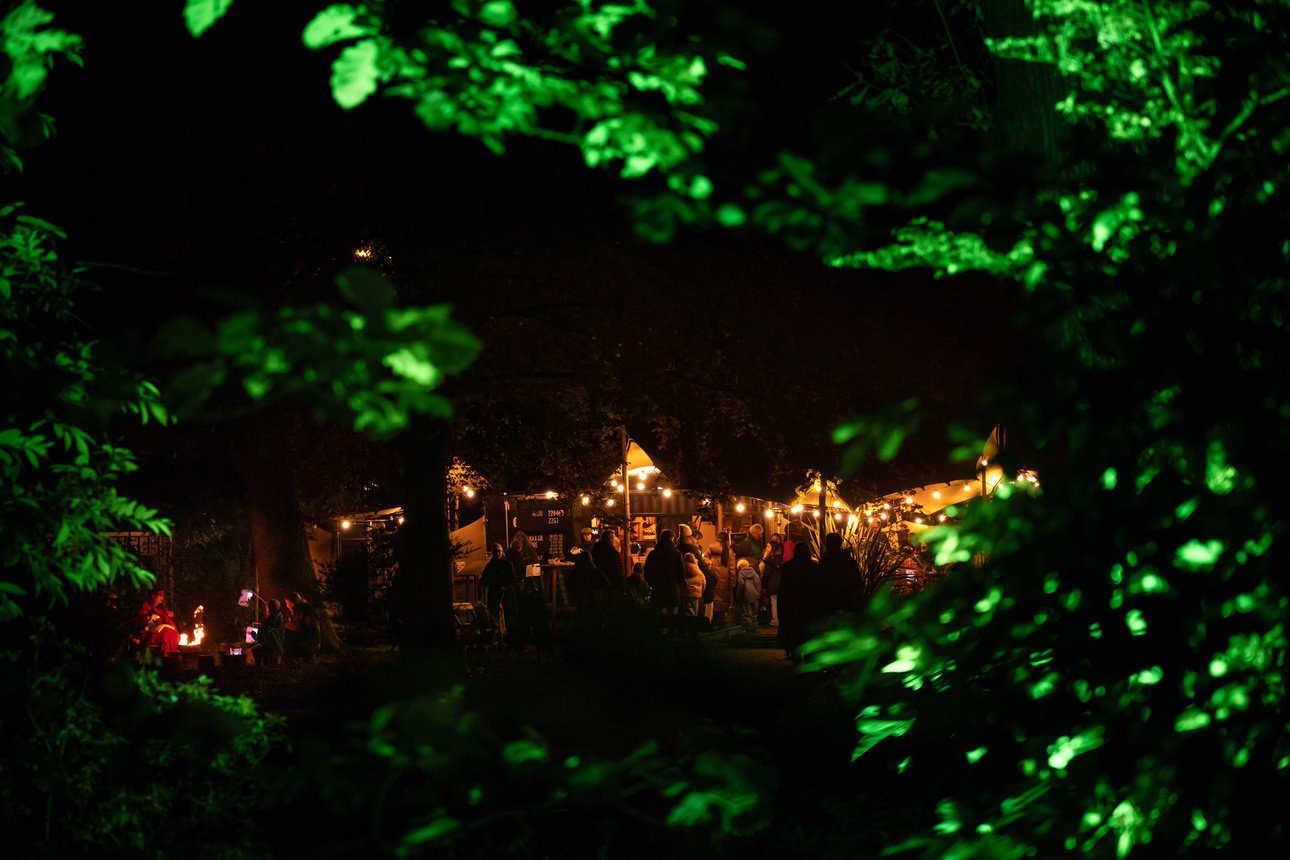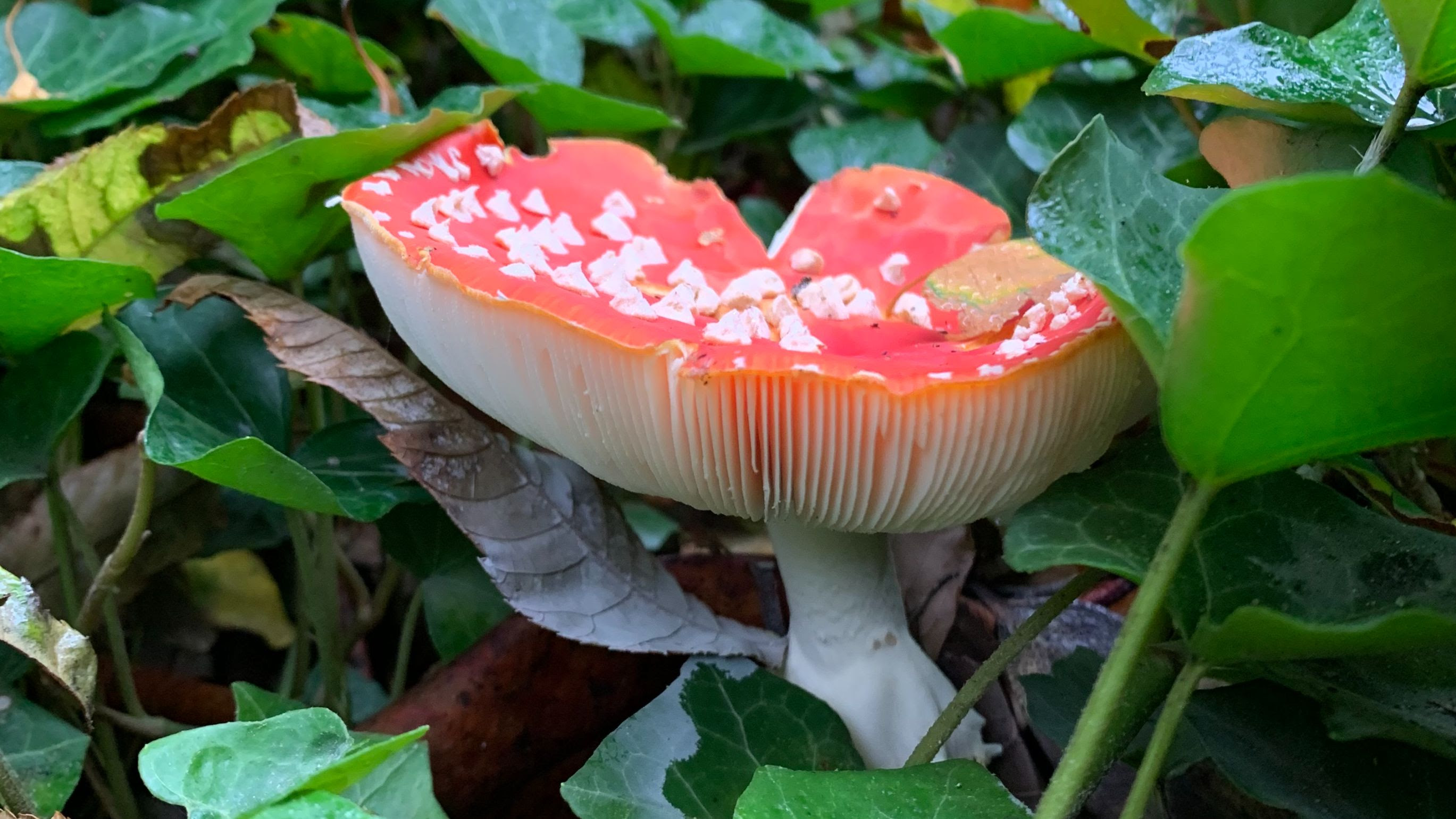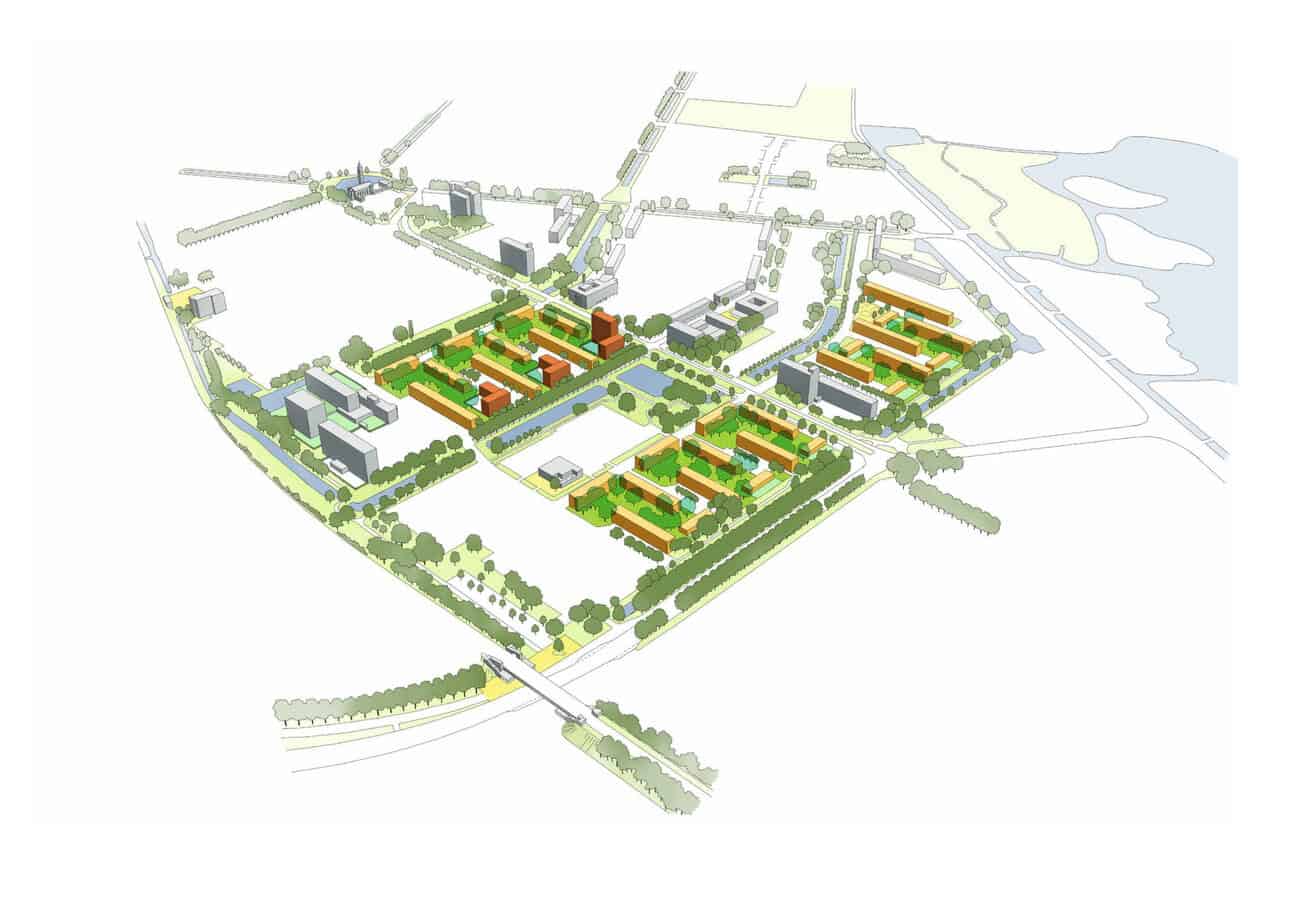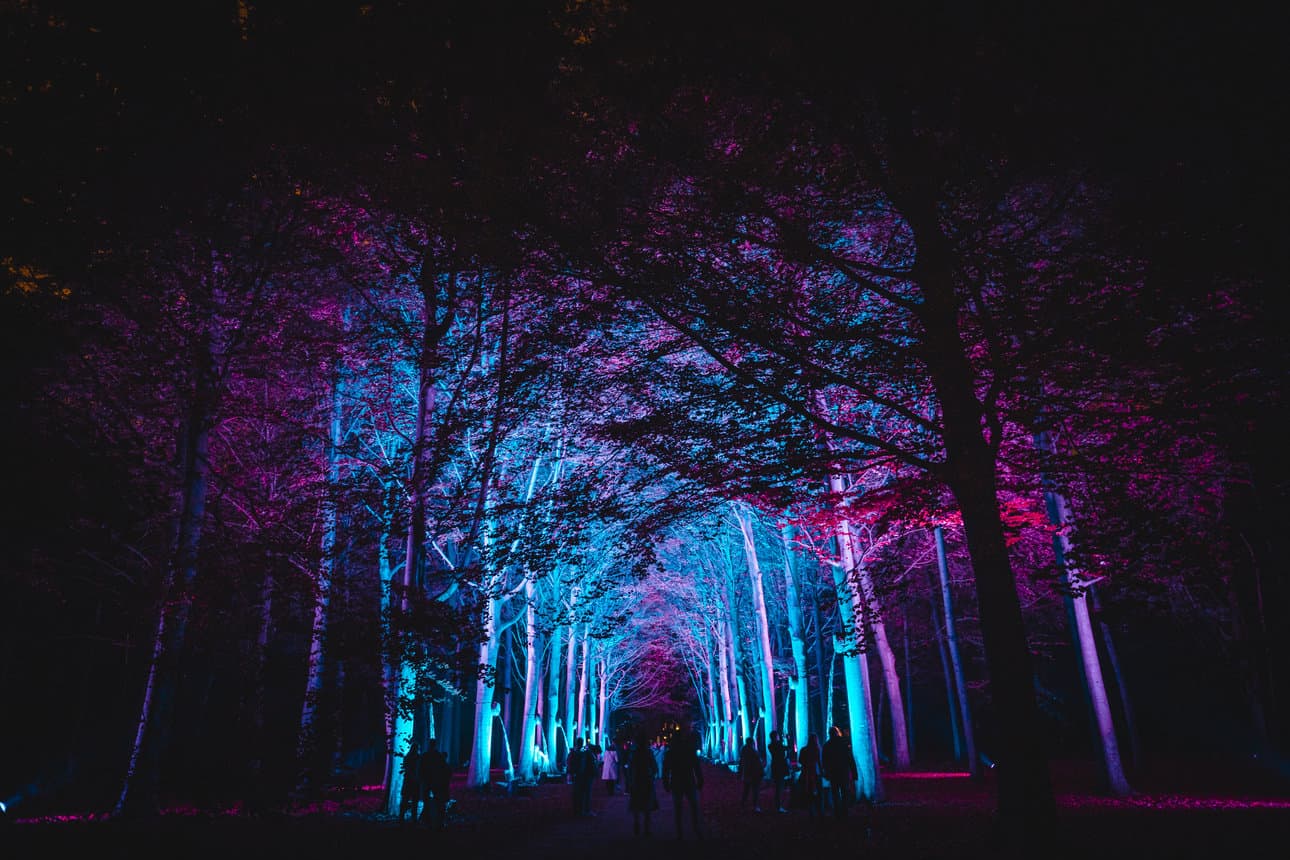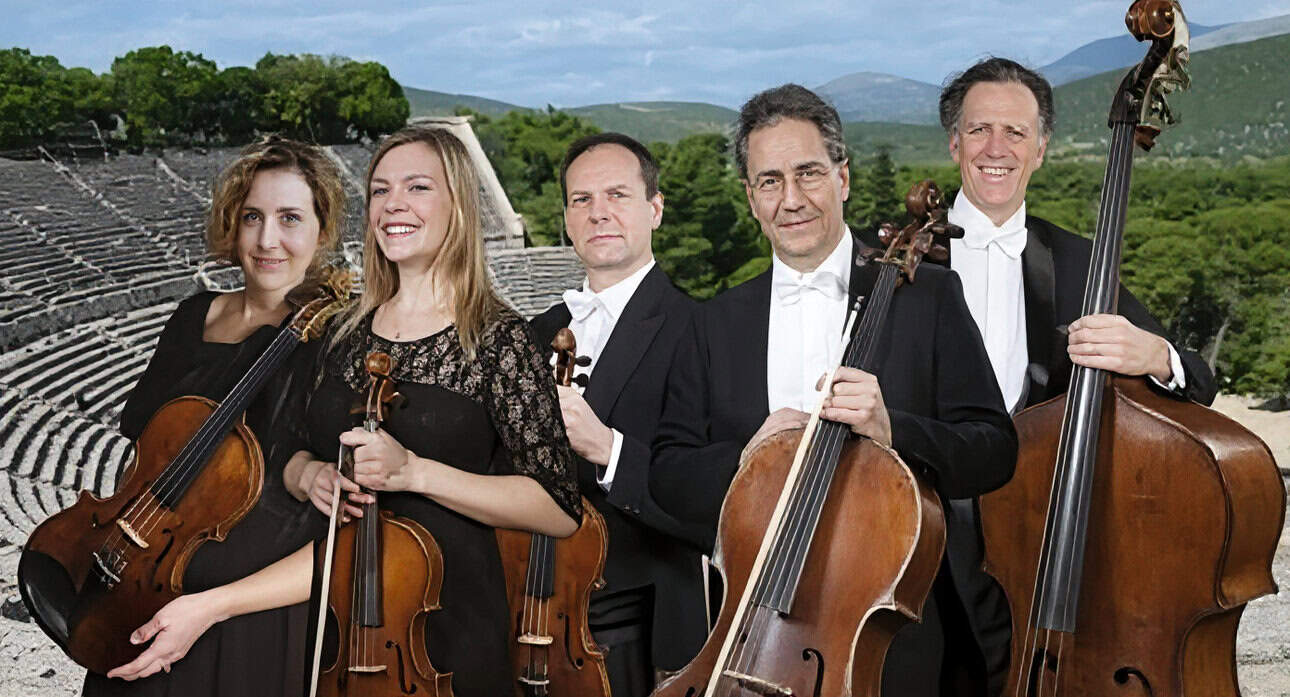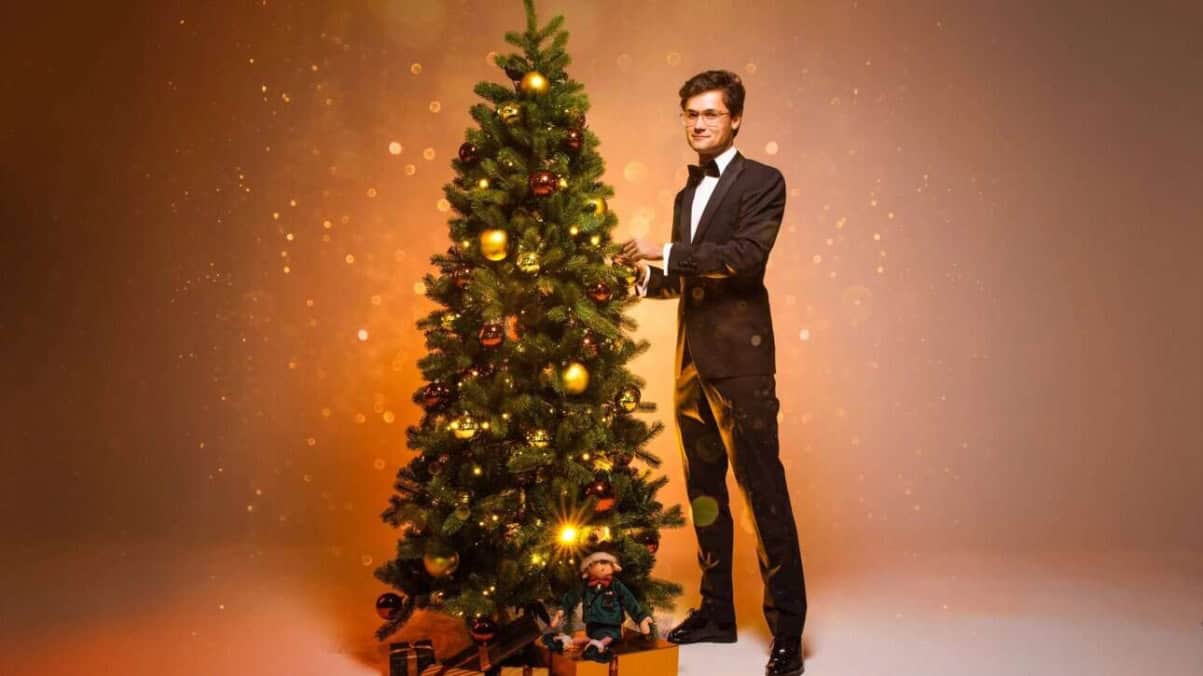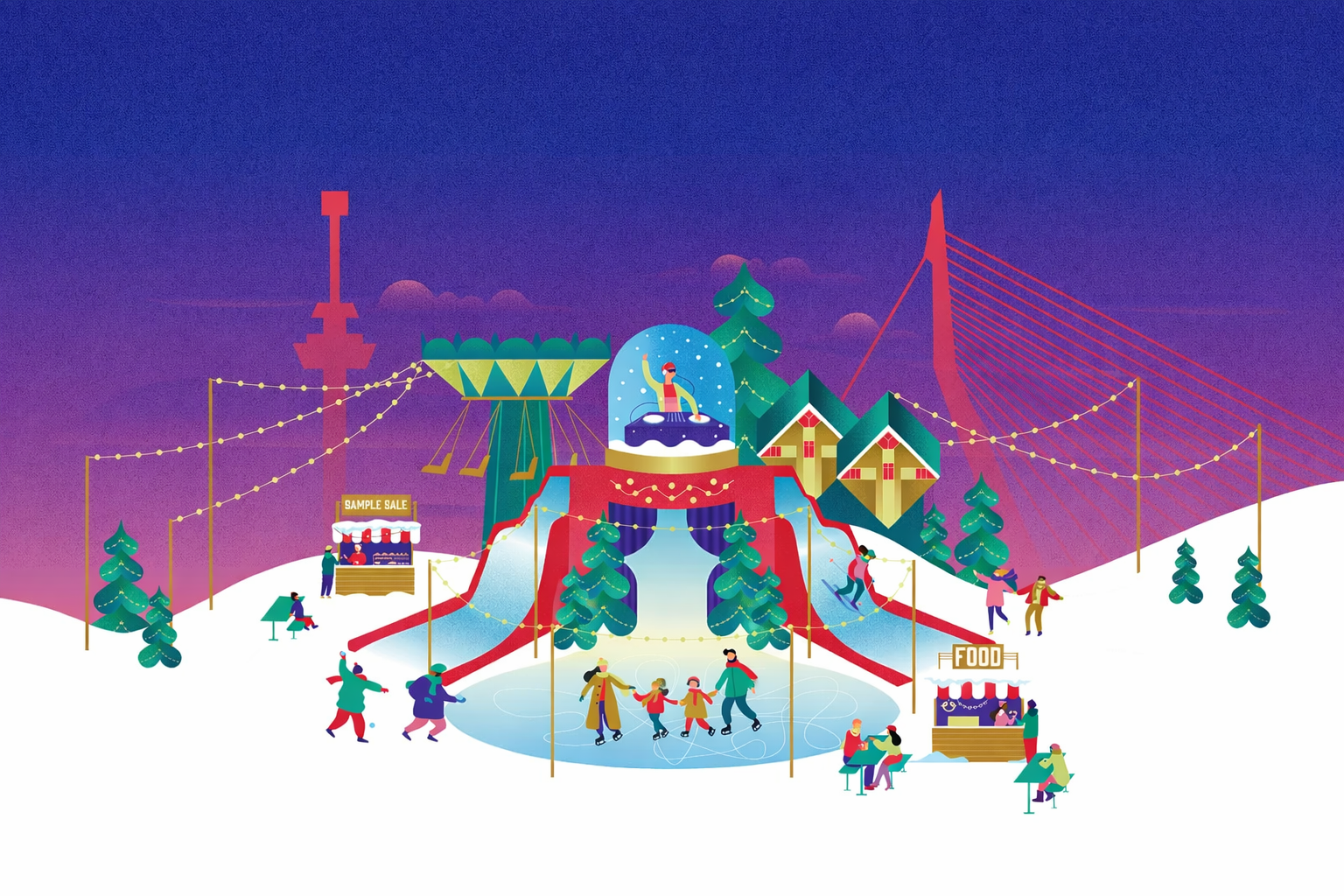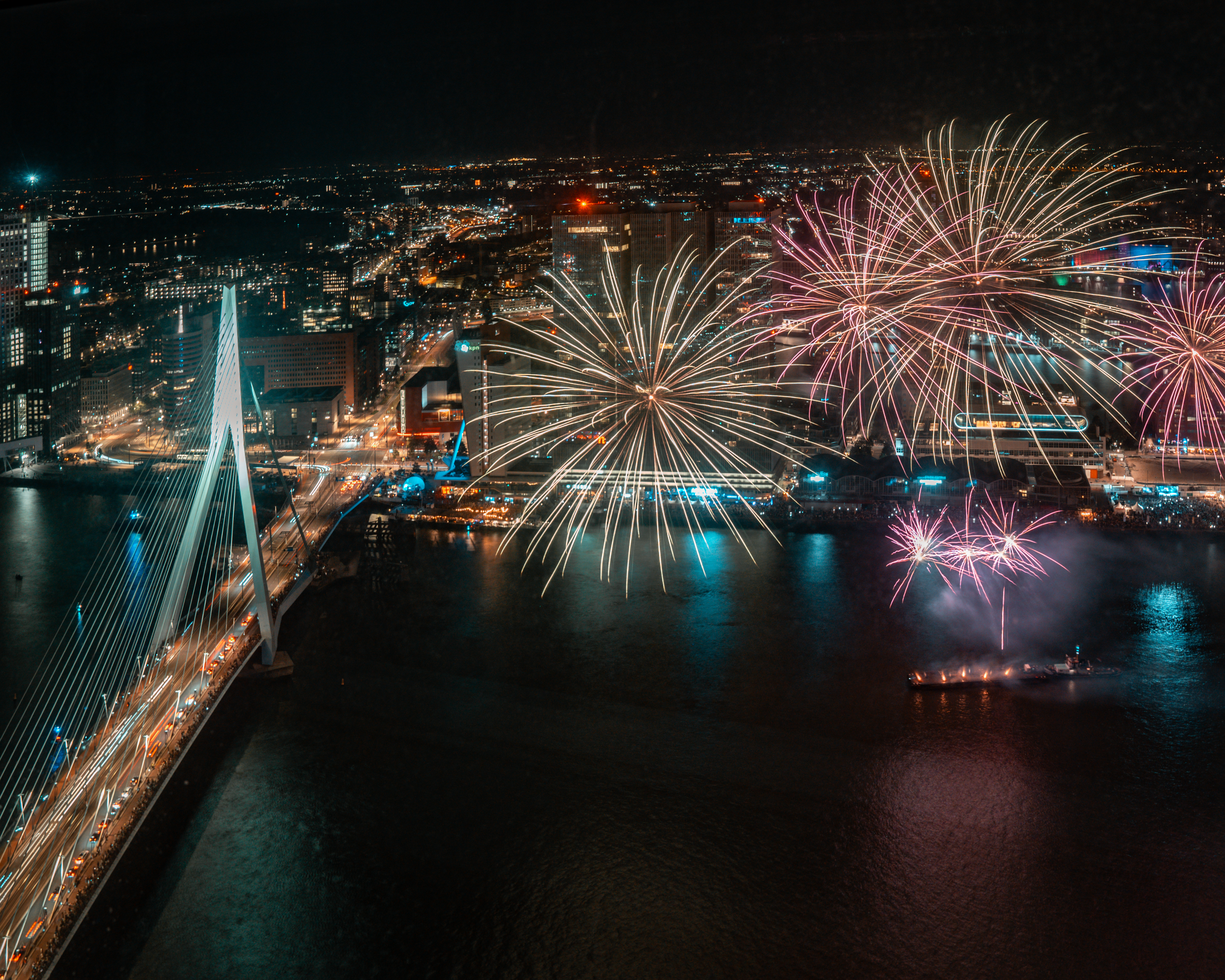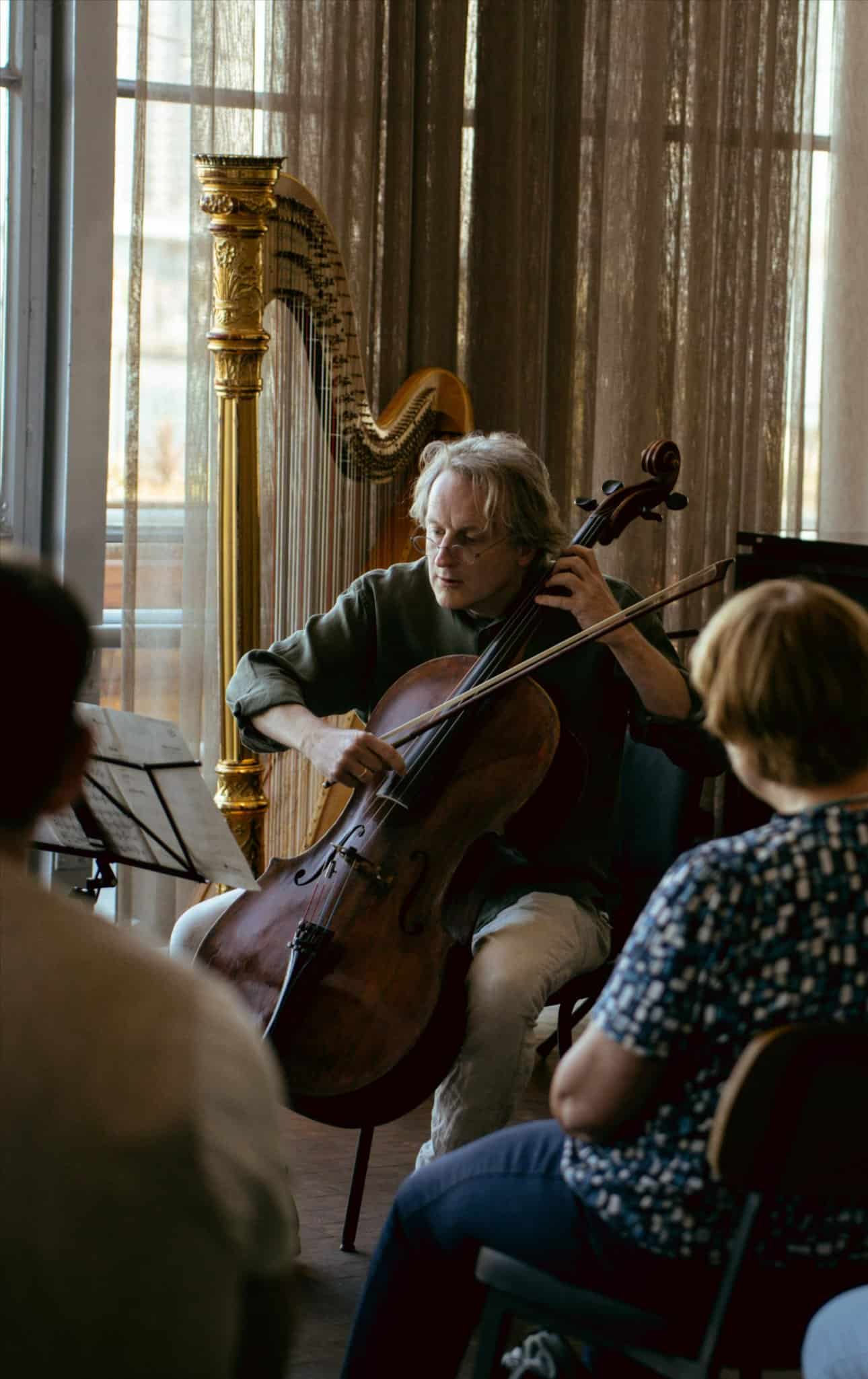ROTTERDAM, 4 November 2025 — At Diergaarde Blijdorp’s Impact Day 2025, held in the Poort van Azië, the Rotterdam zoo presented its latest results as a nature-restoration organisation. The event highlighted tangible progress across continents — from local sustainability to endangered species and re-greening projects abroad.
Opening the morning, Carolien Ottjes introduced the theme “Our greatest strength lies outside.” Her words framed Blijdorp’s ongoing transition from traditional zoo to active conservation institute, structured around four pillars: Stop the Loss, Reverse the Red, Brighten the Blue, and Expand the Green.
Four pillars, real progress
Under Reverse the Red, Blijdorp reported success in breeding the Rüppell’s vulture, one of Africa’s most endangered birds. Poachers often kill these scavengers to avoid detection, since rangers can locate illegal hunts by the vultures’ circling flight. Breeding them in Rotterdam supports global efforts to restore a species that plays a crucial role in ecosystem balance.
Stop the Loss featured an innovation project involving the black rhinoceros. Researchers are developing a motion-sensing tracker that fits within the horn to record rest and movement patterns, allowing rangers to identify signs of distress or poaching. The prototype has already been tested on a rhino in the zoo, yielding valuable behavioural data.
Through Expand the Green, Blijdorp drew attention to a Rwandan water lily cultivated in Rotterdam, part of a programme focused on ten at-risk species, including plants as well as animals. The zoo also announced a partnership with Dutch NGO Justdiggit, whose goal is re-greening African landscapes. The collaboration aims to restore 38 hectares of land every year, equal to the size of the zoo itself.
Justdiggit CEO Marjolein Albers and CTO Sander de Haas explained the method: shallow, crescent-shaped bunds that trap rainwater and let it soak slowly into the soil. “It rains as much there as it does here,” de Haas noted, “but in short, heavy bursts. The land can’t hold on to that precious water.” So far, over 660,000 bunds have been dug, transforming dry terrain into green, living landscapes.
Under Brighten the Blue, Blijdorp outlined its work on Bonaire, where it is developing a “Noah’s Ark for coral” — an aquarium refuge to safeguard coral species threatened by rising sea temperatures. The zoo also collaborates with local fishers to map spawning seasons, ensuring that healthy fish populations sustain the reefs that protect the islands from storm damage.
Impact close to home
In Rotterdam, Blijdorp has continued improving its own sustainability practices. The zoo replaced 330,000 disposable cups with deposit-based reusables, giving visitors the choice between a refund or donating to coral restoration on Bonaire. Together, visitors raised €36,000 for the Roffa Reefs project.
“Nature restoration is possible when we act together,” said Jeroen Kappelhof, Director of Conservation & Science. “Blijdorp doesn’t only want to protect what still exists, but to help it recover — from vultures in Africa to forests in the Himalayas, and from coral reefs in the Caribbean to sustainable choices here in Rotterdam.”
A growing network of partners
Blijdorp’s approach continues to attract new collaborators. The Vrienden van Blijdorp foundation, Ecowende, Rabobank, and Viessmann Climate Solutions are among the latest to join as impact partners, contributing to projects on biodiversity, sustainability, and education. The event concluded with a symbolic toast as Blijdorp and Justdiggit signed their partnership agreement — marking a shared commitment to large-scale restoration.
Looking ahead
In 2026, Blijdorp plans to scale up its restoration projects and expand international partnerships under the guiding promise: Together we bring nature back to life.

